Discover how a new attack technique bypasses Microsoft’s security, enabling OS downgrade attacks on Windows.
Get the latest international news and world events from around the world.
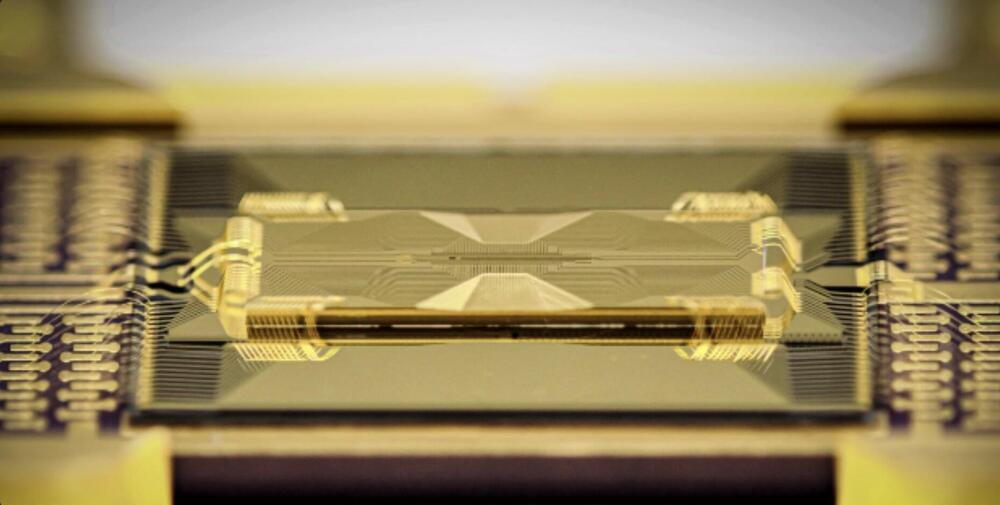
Study observes a phase transition in magic of a quantum system with random circuits
For error-resistant quantum computers, creating superpositions or entanglement between states is relatively easy. In contrast, adding magic to the state or dislocating them further from easy-to-simulate stabilizer states is expected to be highly challenging.
“In the literature of quantum information, you often encounter terms like ‘magic state distillation’ or ‘magic state cultivation,’ which refer to pretty arduous processes to create special quantum states with magic that the quantum computer can make use of,” said Niroula.
“Prior to this paper, we had written a paper that observed a similar phase transition in entanglement, in which we had observed phases where measurements of a quantum system preserved or destroyed entanglement depending on how frequent they are.”
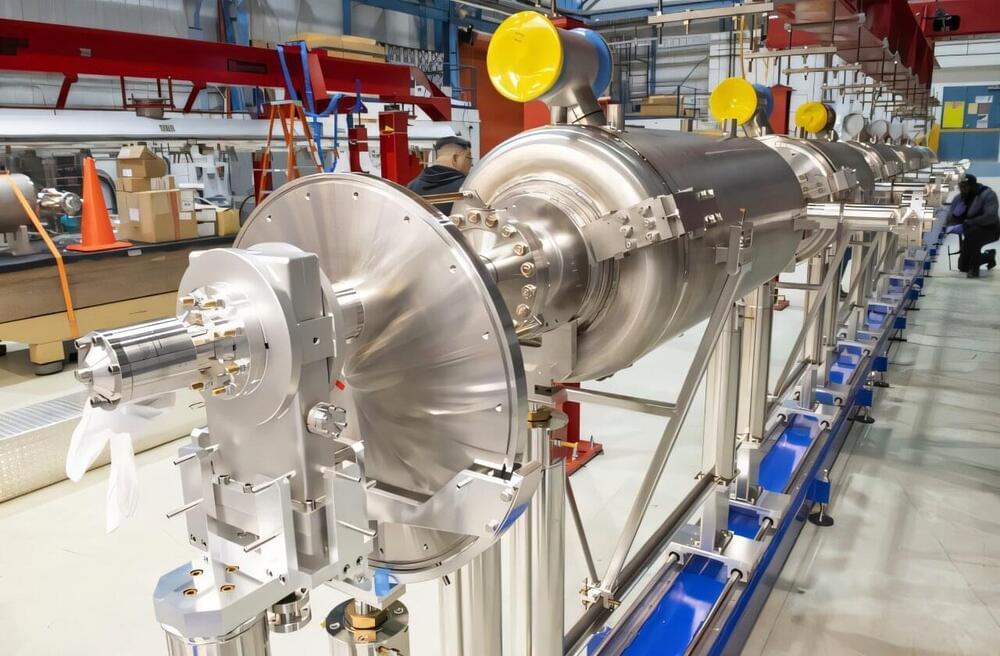

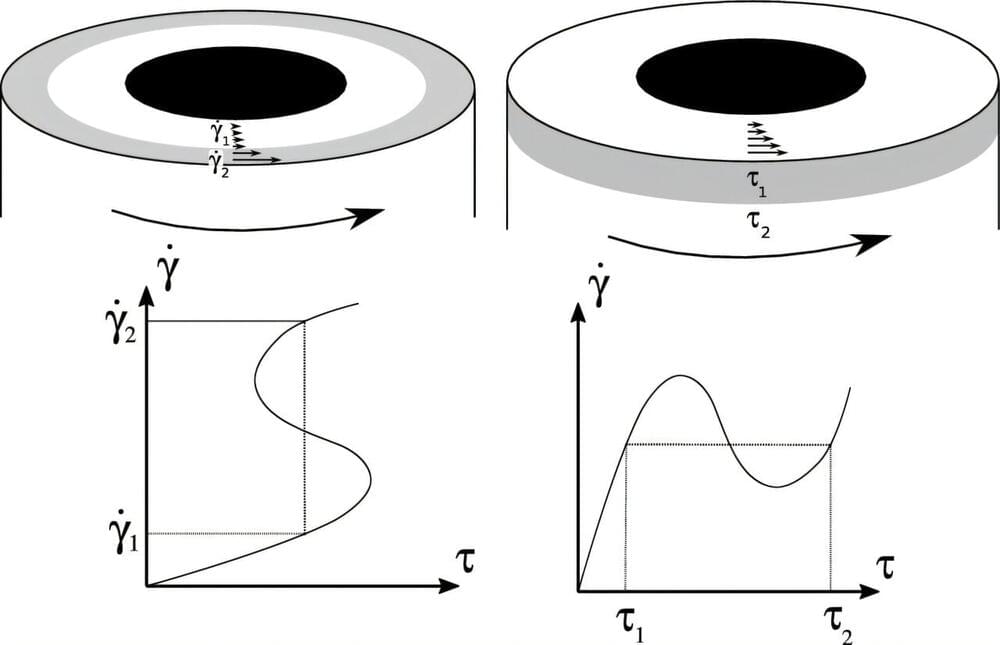
Investigating the flow of fluids with non-monotonic, ‘S-shaped’ rheology
Water and oil, and some other simple fluids, respond in the same way to all levels of shear stress. These are termed Newtonian fluids, and their viscosity is constant for all stresses although it will vary with temperature. Under different stresses and pressure gradients, other non-Newtonian fluids exhibit patterns of behavior that are much more complex.
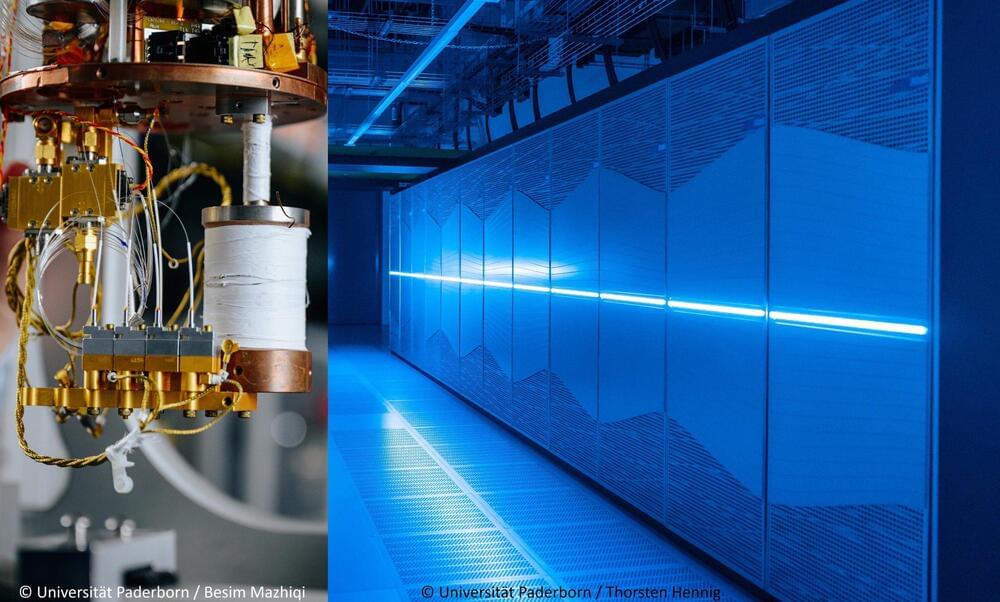
Supercomputers Power Unprecedented Advances in Quantum Photonics
Scientists have revolutionized the field of quantum photonics by employing high-performance computing to analyze quantum detectors at an unprecedented scale.
Their innovative approach involves the tomographic reconstruction of experimental data, enabling rapid and efficient characterization of photon detectors. This development promises to enhance quantum research significantly, paving the way for advanced applications in quantum computing and communication.
Breakthrough in quantum photonics with high-performance computing.
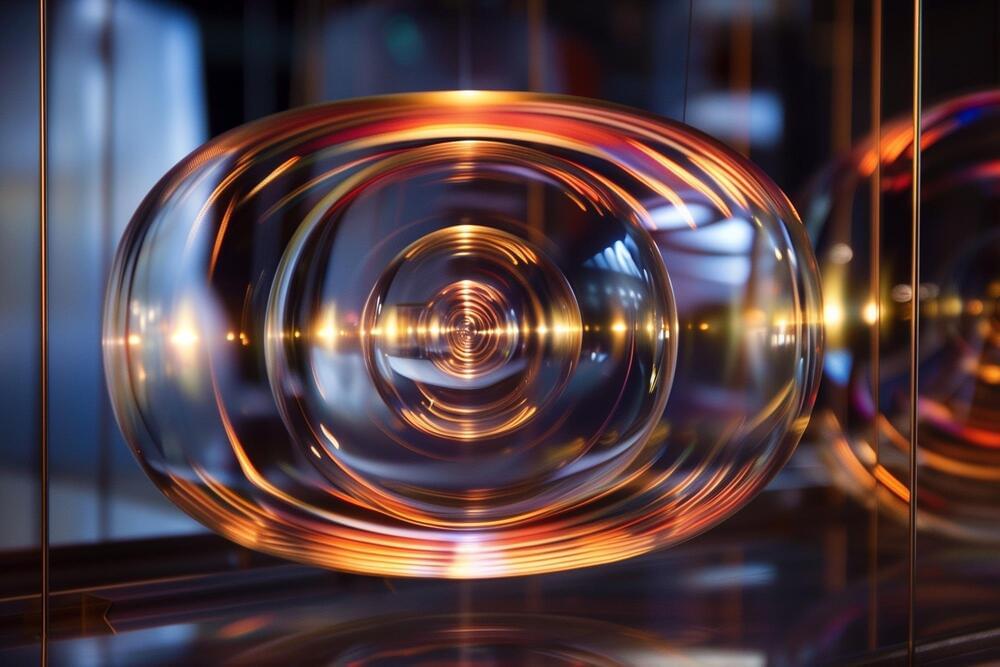
Quantum Squeezing: The Key to Next-Gen Precision Technologies
Quantum squeezing is a method that sharpens precision by redistributing uncertainty within a system, already advancing technologies like atomic clocks. This concept promises even wider impacts as researchers work on applying it to more complex measurements.
Quantum squeezing is a technique in quantum physics that reduces uncertainty in one aspect of a system while increasing it in another. Imagine a balloon filled with air: when it’s untouched, the balloon is perfectly round. If you squeeze one side, it flattens in that spot but stretches in the opposite direction.
Similarly, in a squeezed quantum state, reducing uncertainty (or noise) in one variable, like position, causes increased uncertainty in a related variable, such as momentum. The total uncertainty remains the same, but redistributing it in this way allows for far more precise measurement of one of the variables.
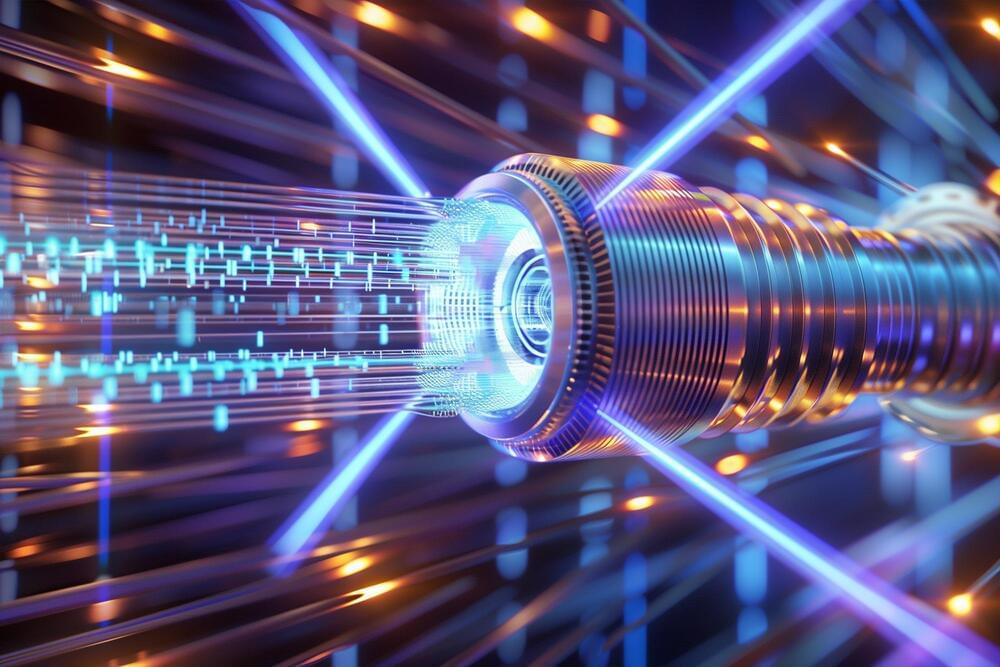
Twisting Light: Unveiling the Helical Path to Ultrafast Data Transmission
A new all-optical switch uses circularly polarized light and an innovative semiconductor to process data faster and more efficiently in fiber-optic systems.
This technology facilitates significant energy savings and introduces a method to control quantum properties in materials, promising major advancements in optical computing and fundamental science.
Modern high-speed internet relies on light to transmit large amounts of data quickly and reliably through fiber-optic cables. However, when data needs to be processed, the light signals face a bottleneck. They must first be converted into electrical signals for processing before they can continue being transmitted.
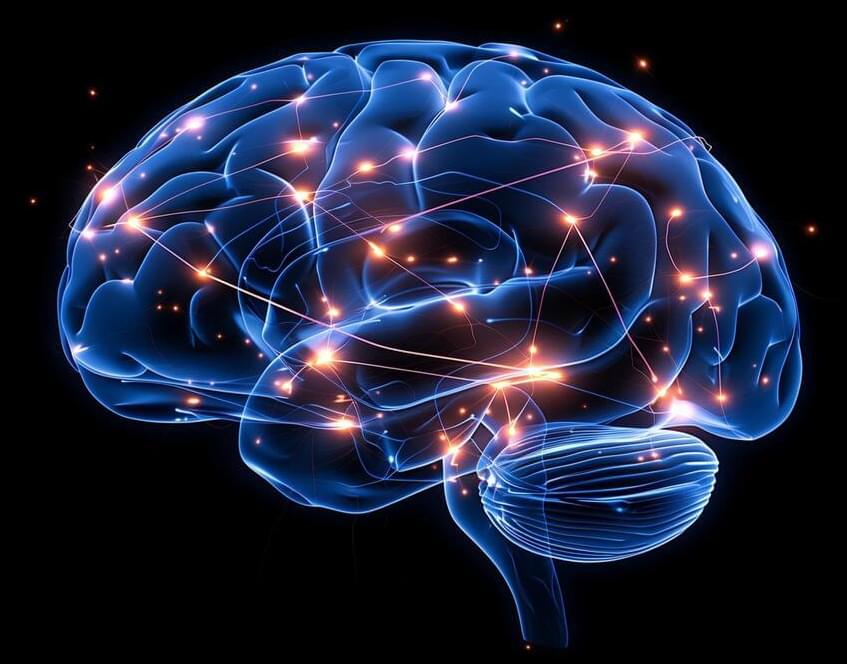
Hidden Brain Pathways Uncovered: How Dopamine Shapes Movement and Mood
MIT researchers have uncovered two additional pathways in the brain’s striatum that modulate traditional movement control pathways by influencing dopamine production.
These pathways, connected to the brain’s striosomes, may play a crucial role in decisions with strong emotional components, potentially altering our understanding of how motivation and movement are interconnected.
In the human brain, movement is coordinated by a region called the striatum, which sends signals to motor neurons. These signals travel along two main pathways: one initiates movement (“go”), and the other inhibits it (“no-go”).
